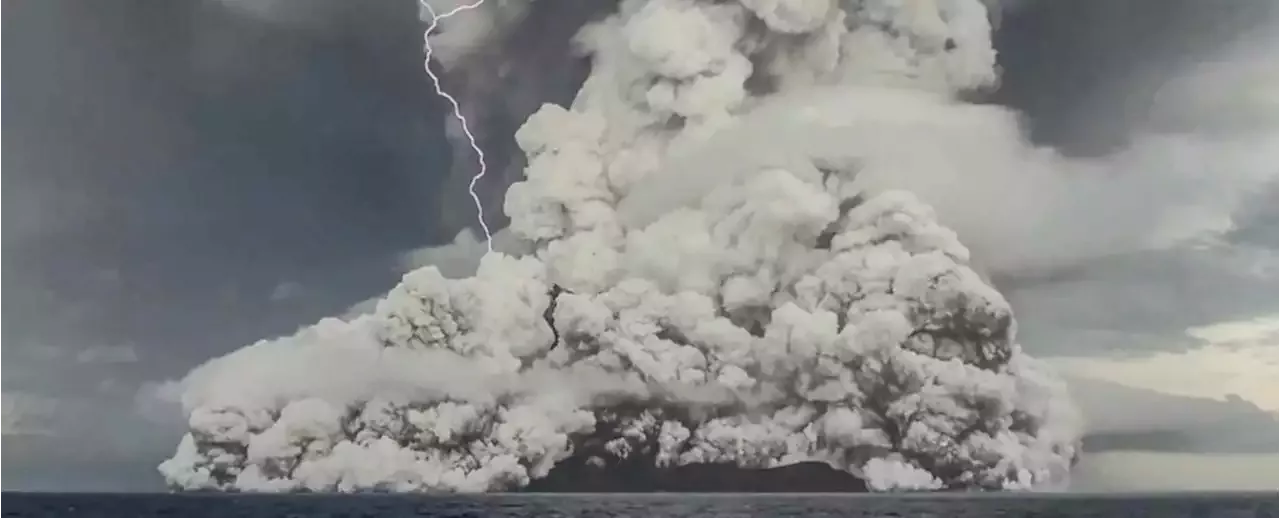By any measure you want to use, the Hunga Tonga-Hunga Ha'apai volcano eruption in January 2022 was a massive eruption.
It produced a swirling plume of gas, dust and ash that reached 58 kilometers into the sky, atmospheric waves that traveled around the globe several times, and tsunamis in the Caribbean on the other side of the world.A newly published study now suggests why the scale of this volcanic blast was so huge: a smaller eruption the day before, priming the volcano for a bigger explosion by sinking its main vent under the surface of the ocean.
Combined with ice crystals in the upper atmosphere, the roiling cloud of material built static charges that drove a dramatic period of Scruggs and her colleagues think that almost 2 cubic kilometers of material – weighing about 2,900 teragrams or 2.9 thousand million metric tons – was sent half way to space, causing violent ripple effects that were felt around the world.The first two hours of the eruption were particularly violent, the researchers discovered, with the event starting at 5.02pm local time. After about 12 hours, activity at the site faded.
. The islands were only created in 2015, after another large eruption from the same volcano made them the highest points on its crater.
